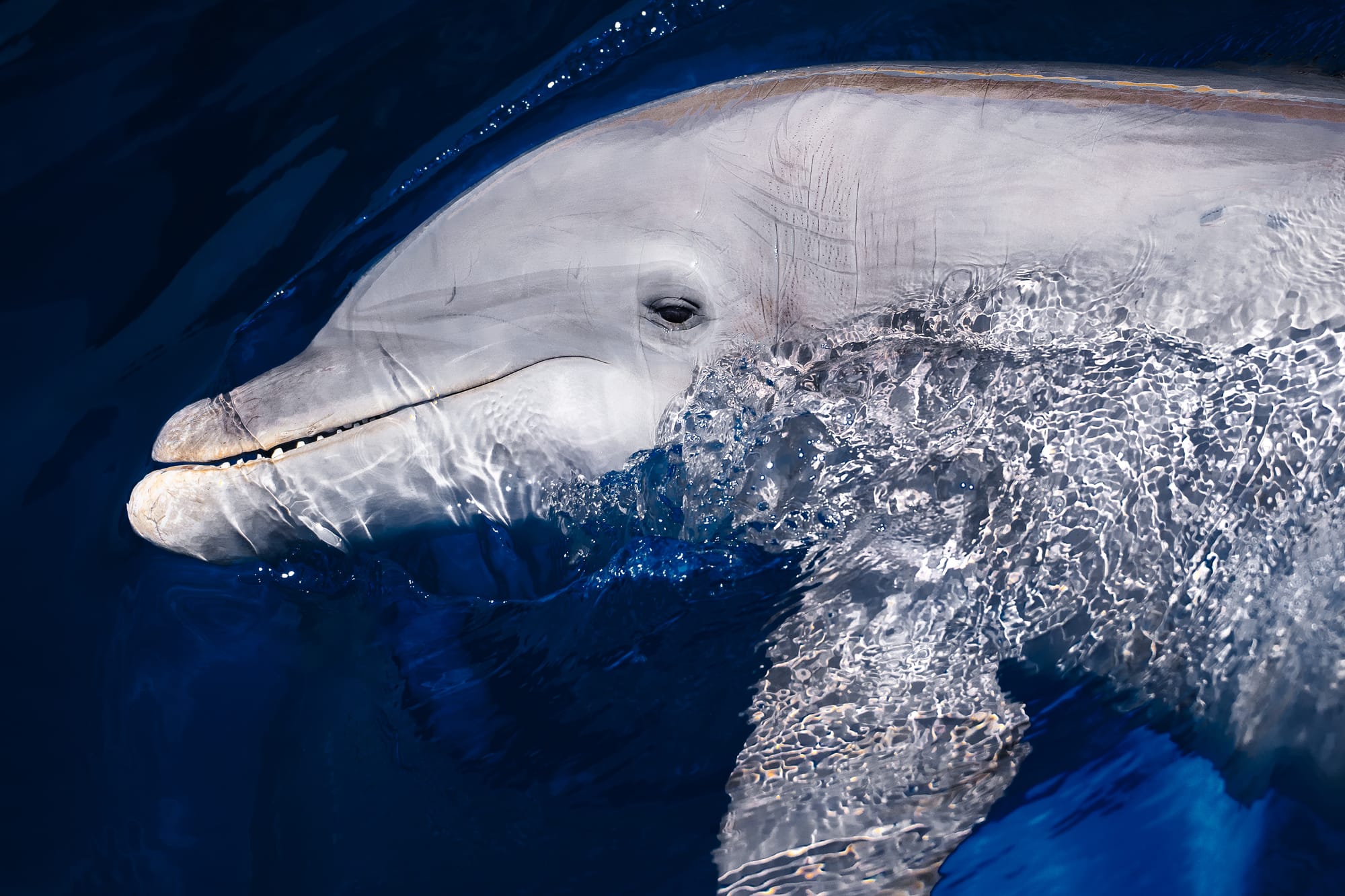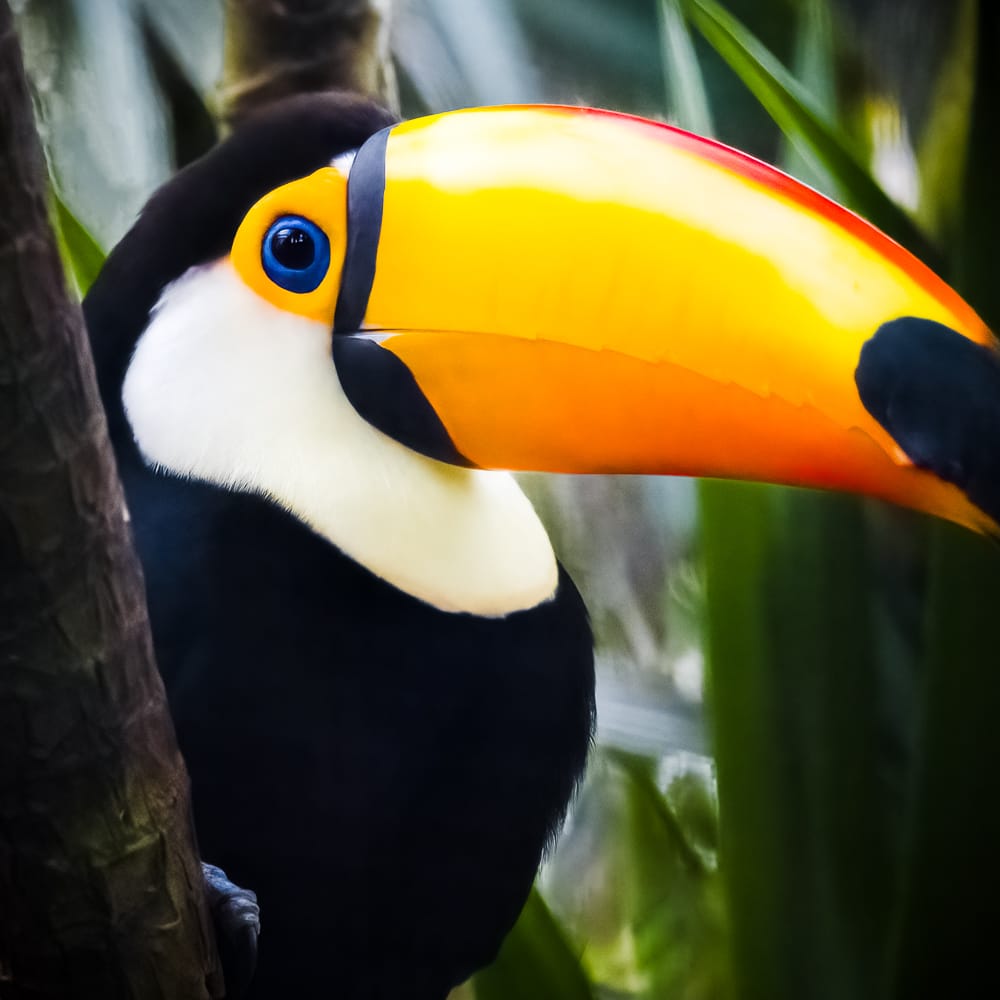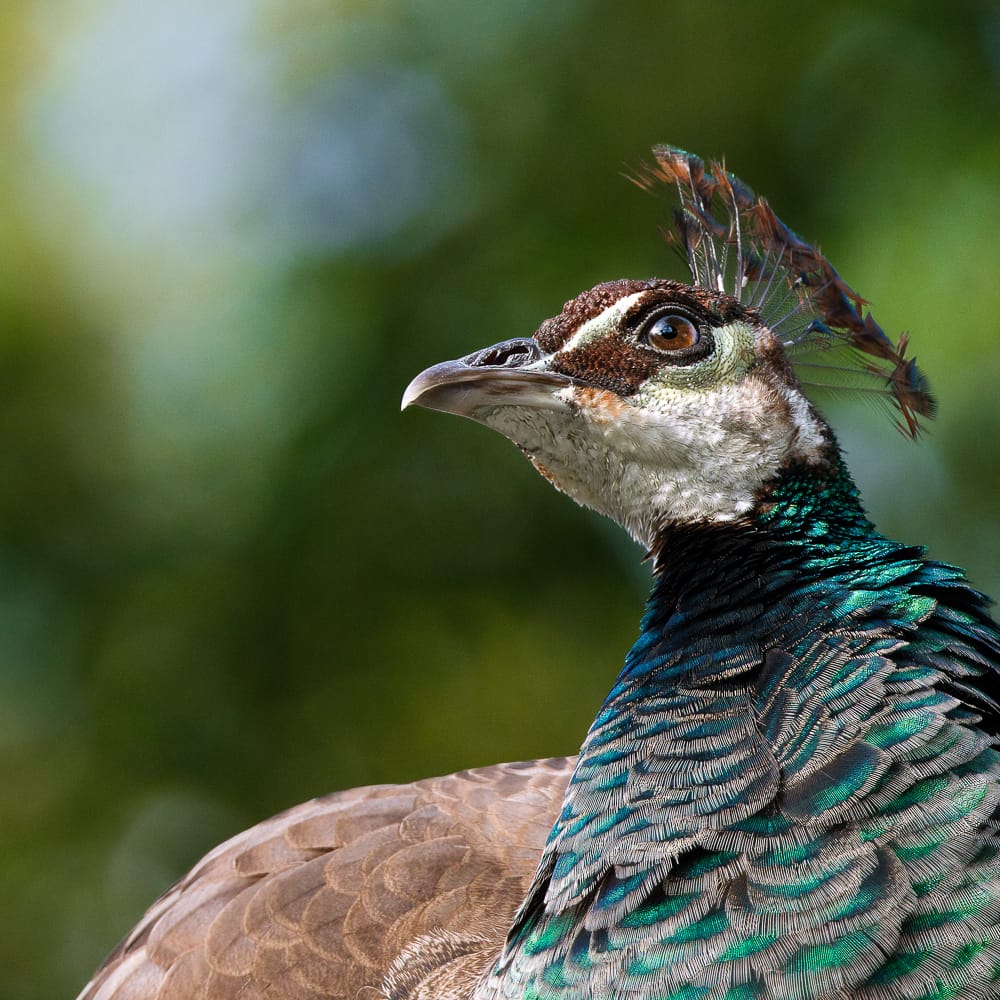
Oct 31 2025
Marineland: Help Save The Dolphins
Marineland Dolphin Adventure, once the world’s first oceanarium, is now at a crossroads. Its parent company has filed for bankruptcy, and the facility is being eyed by developers.
Behind the legal and financial turmoil are seventeen living beings: dolphins who depend on this place for survival.
Marineland was founded as a bridge between us and the ocean. But unfortunately that legacy has eroded over time. Reports and drone footage in the past had shown dolphins confined in small, algae-filled tanks with little shade and limited stimulation. A federal judge even questioned their welfare during recent bankruptcy proceedings.

The welfare of the dolphins, not nostalgia or property value, must define Marineland’s future. Captive dolphins form deep social bonds, communicate in unique dialects, and experience stress and depression when their environment deteriorates. Selling, relocating, or using them for photo opportunities would only harm their well-being.
Marineland once provided connection to wondrous animals and the environment of our oceans. Hopefully it can do so again, but preservation without welfare is exploitation.

To truly save Marineland, we must save the dolphins first;
- Independent welfare audits to assess living conditions and publish transparent results
- Immediate water-quality and enrichment improvements to meet marine-mammal care standards
- External scientific oversight from marine biologists and welfare organizations
- Transition to a coastal sanctuary model, where possible, allowing more space, natural water, and retirement from public performance
- Public accountability for any ownership transfer that ensures animal welfare takes precedence over development profits

How You Can Help
Support groups such as TideBreakers and the Save Marineland’s History and Animals GoFundMe campaign are pressing for legal and ethical reform. You can help by donating, sharing verified information, and demanding oversight from Florida’s wildlife agencies and The Dolphin Company’s trustees.












